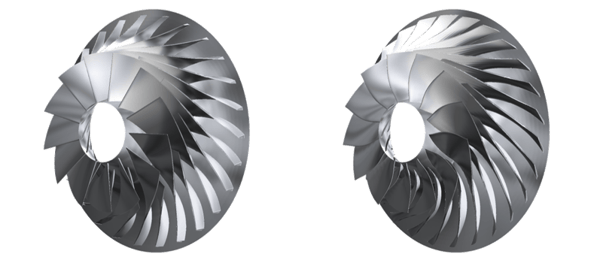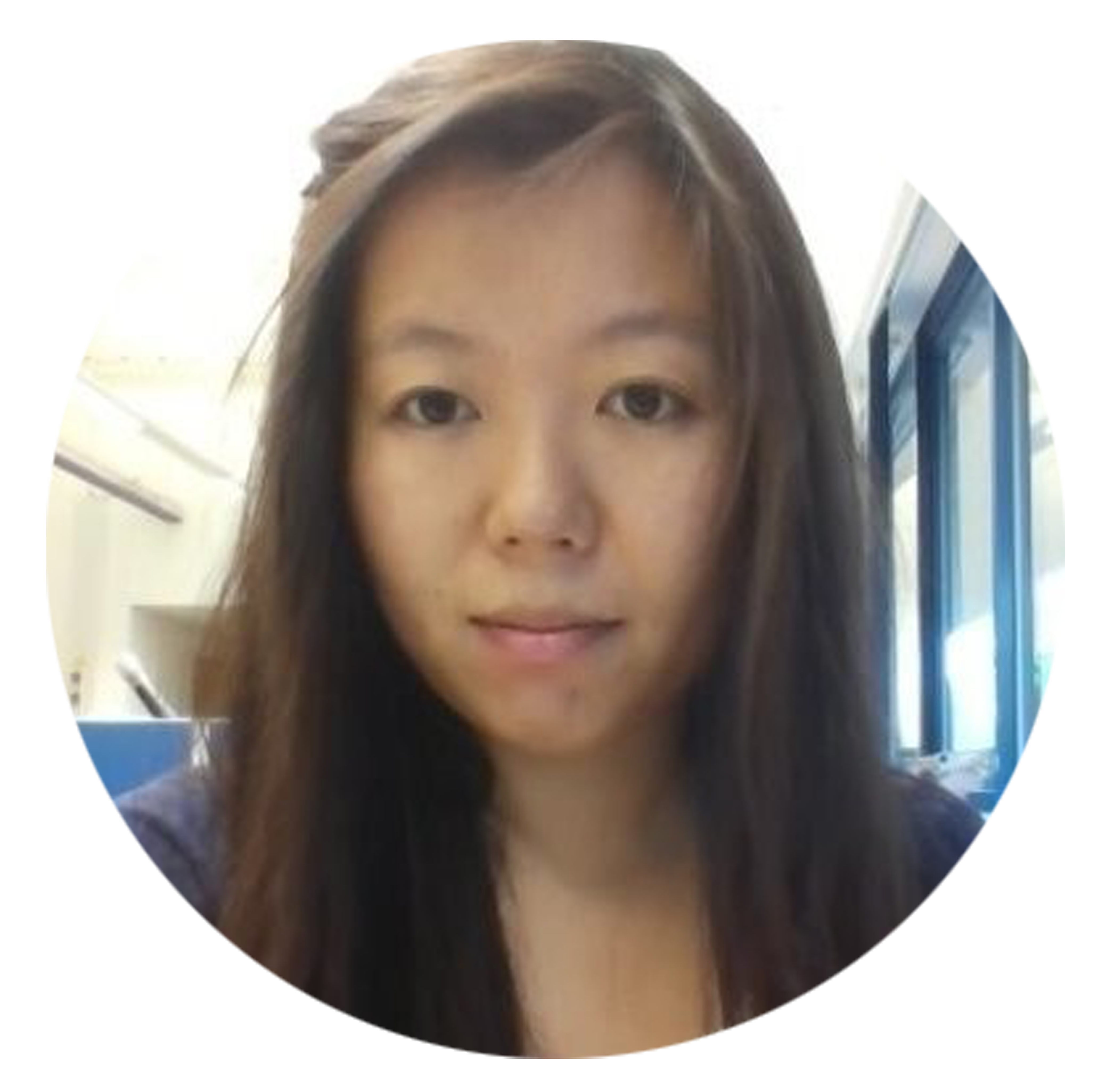Video now available on-demand.
In this webinar, you will:
Complete the short form to get access to the recording.
On Wednesday, June 30th at 9 AM or 4 PM BST
In order to meet the ever-growing requirements on high efficiency and wide operational range for centrifugal compressors for application such as chiller, fuel cell compressor, turbochargers and industrial applications, an effective detailed loss analysis is required by the designer. In this webinar, an evaluation methodology for computational fluid dynamics simulations have been developed to quantify the loss generation based on entropy production rate in the flow field. A breakdown of losses caused by different mechanisms (such as skin friction, secondary flow, tip clearance vortex and shock waves) is achieved by separating the flow field into different zones. Each zone is defined by the flow physics rather than by geometrical locations or empirical correlations, which makes the method a more general approach and applicable to different machine types.
The method has been applied to both subsonic and transonic centrifugal compressors, where internal flow is complex due to the Coriolis acceleration and the curvature effect. An evaluation of loss decomposition is obtained at various operational conditions. The impact of design modification is also assessed by applying the same analysis to an optimized design.

The event addresses all engineers, developers or researchers dealing with turbomachinery design.
The method is interesting for small and medium companies as well as enterprises.
The aerodynamic optimization of centrifugal compressors requires better understanding of different sources of loss. In this webinar, we will use entropy production rate to distinguish the different sources of loss in a subsonic and a transonic centrifugal compressor impeller under different operating conditions. The key loss mechanisms distinguished are skin friction, secondary flow, shockwave and tip clearance losses. In order to demonstrate the method in each case the flow field in an initial and optimized geometry is compared. The methodology presented should help designers to understand the main sources of loss under different operating conditions.

Founder & Managing Director of Advanced Design Technology

Senior Turbomachinery Design Engineer at Advanced Design Technology